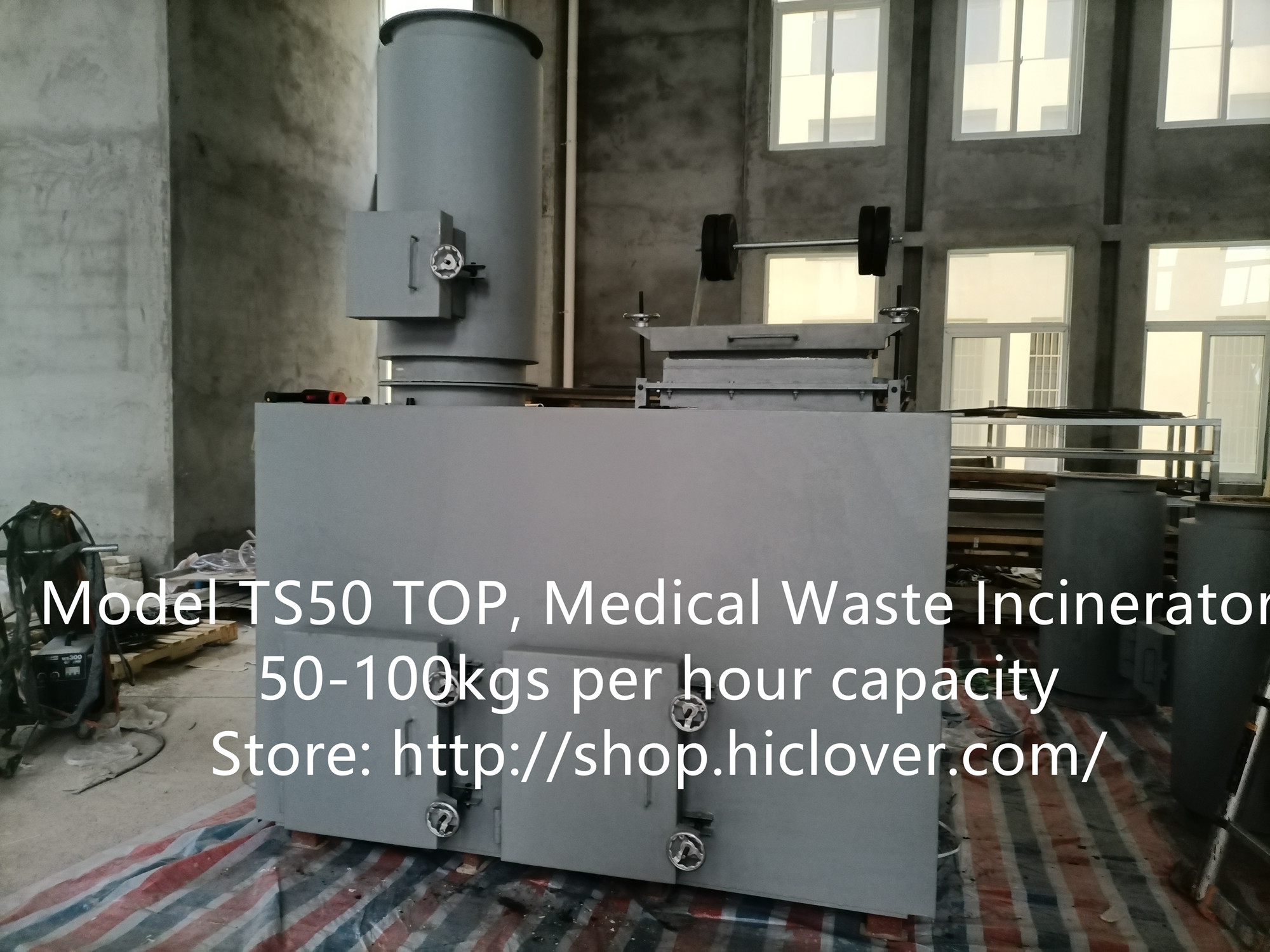Incinerators are a key component of waste management systems, designed to safely dispose of solid waste and reduce its volume through the process of combustion. In order to effectively manage and operate incinerators, it is important to understand the quantitative model bordereau, which is a tool used to measure and evaluate the performance of these facilities.
The quantitative model bordereau, also known as the Mass and Energy Balance (MEB) model, is a mathematical model used to calculate and analyze the inputs and outputs of an incinerator. This model takes into account the mass and energy flows within the system, including the amount and composition of waste being fed into the incinerator, as well as the emissions and residues produced as a result of the combustion process.
By using the quantitative model bordereau, operators and engineers can gain valuable insights into the overall performance of the incinerator, including its energy efficiency, environmental impact, and operational effectiveness. This information can be used to optimize incinerator operations, improve waste management strategies, and ensure compliance with environmental regulations.
One of the key components of the quantitative model bordereau is the calculation of mass and energy balances. This involves tracking the flow of materials and energy through the incinerator system, accounting for inputs such as waste, air, and fuel, as well as outputs such as ash, gases, and heat. By carefully measuring and analyzing these flows, operators can identify inefficiencies, optimize process parameters, and make informed decisions about incinerator operations.
In addition to mass and energy balances, the quantitative model bordereau also allows for the assessment of emissions and pollutants generated by the incinerator. This includes the measurement of air pollutants such as particulate matter, sulfur dioxide, nitrogen oxides, and carbon monoxide, as well as the monitoring of trace elements and organic compounds in the flue gas and ash residues. By quantifying and understanding these emissions, incinerator operators can take proactive measures to control and minimize their environmental impact.
Furthermore, the quantitative model bordereau can be used to assess the overall energy efficiency of the incinerator, by calculating the thermal efficiency and heat recovery potential of the system. This information can help operators make informed decisions about energy recovery and utilization, such as the generation of steam, electricity, or hot water from the heat produced by the incinerator.
Overall, the quantitative model bordereau is a valuable tool for understanding and optimizing the performance of incinerators. By using this model to measure and analyze the mass and energy flows within the system, operators can improve the efficiency, environmental impact, and overall effectiveness of their waste management operations. Furthermore, the insights gained from the quantitative model bordereau can help incinerator operators comply with regulatory requirements and contribute to sustainable waste management practices.



